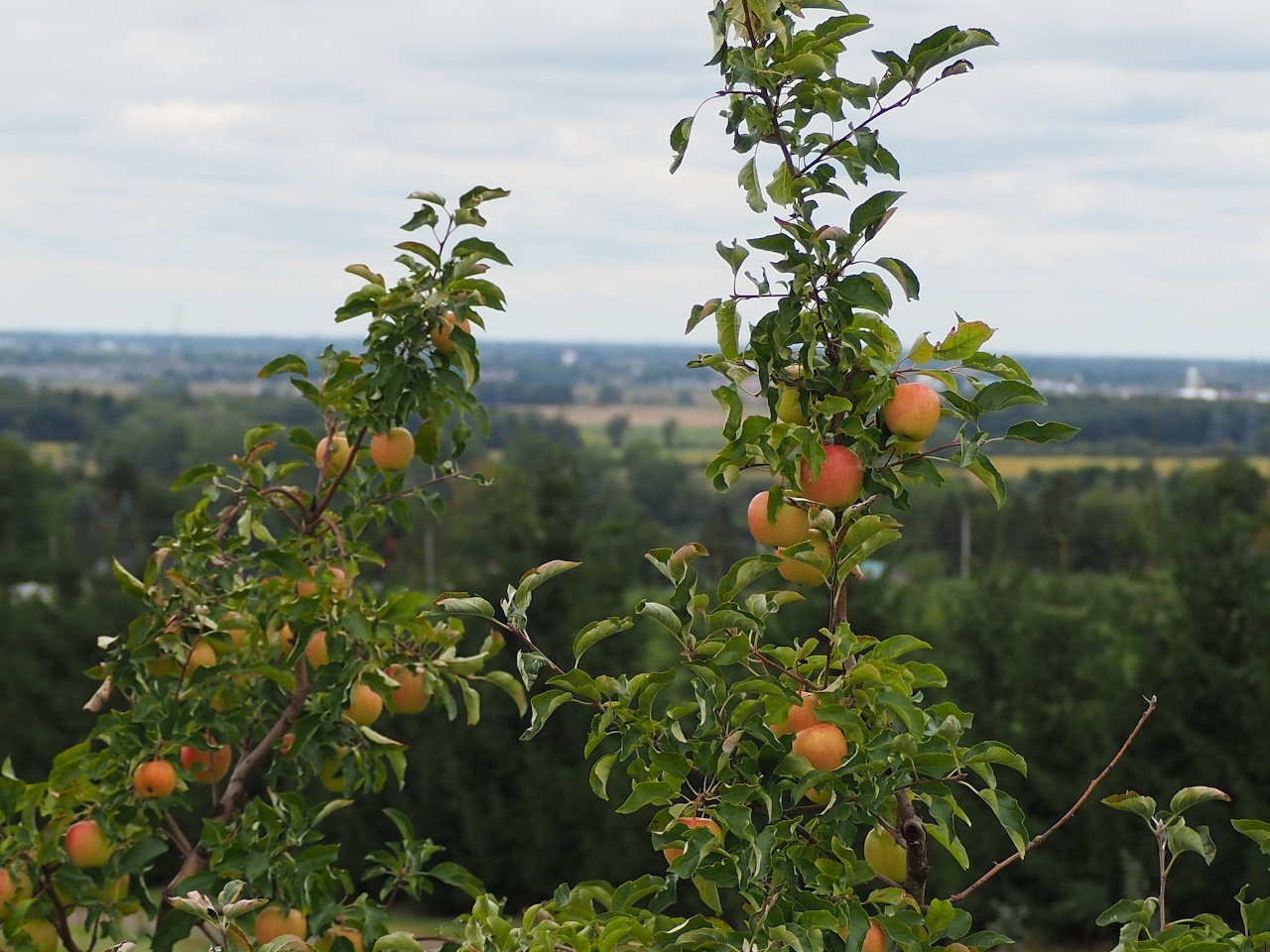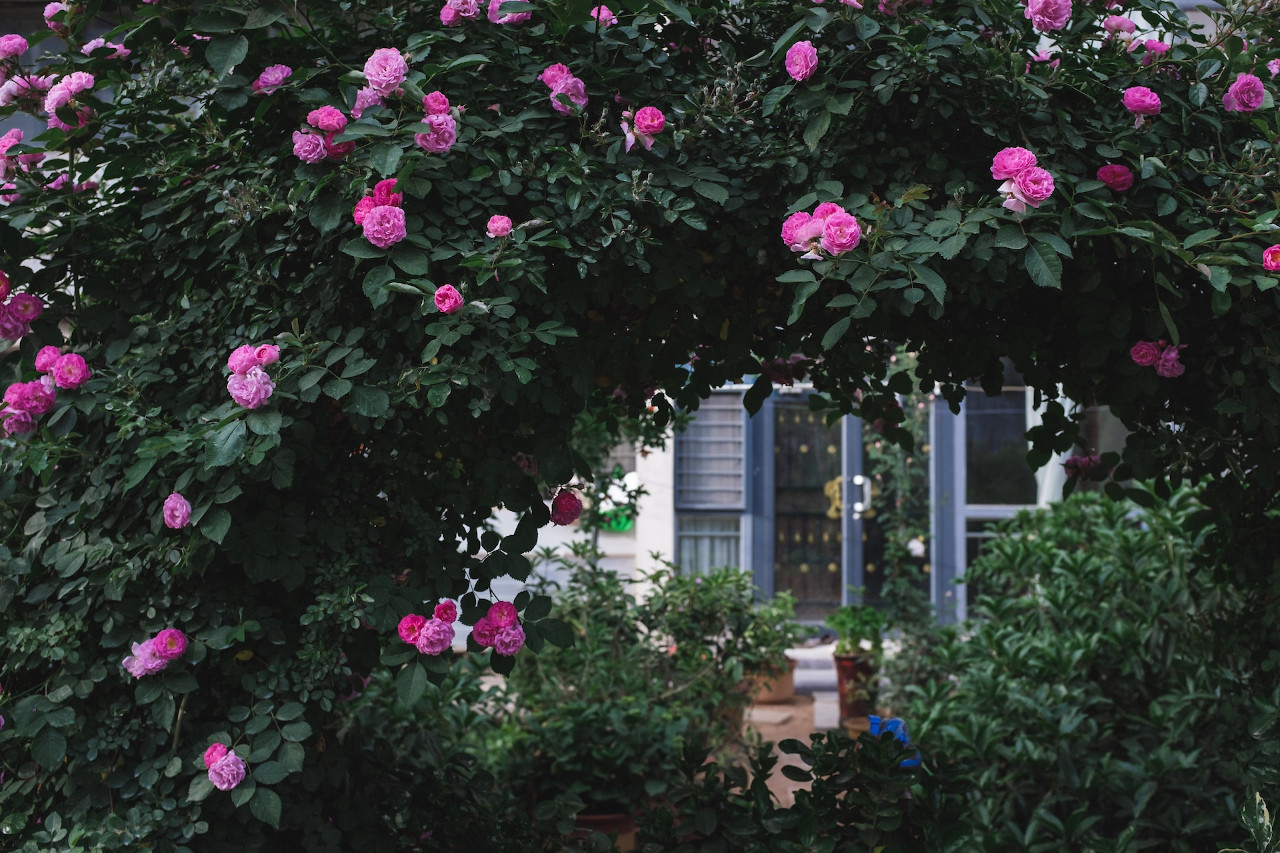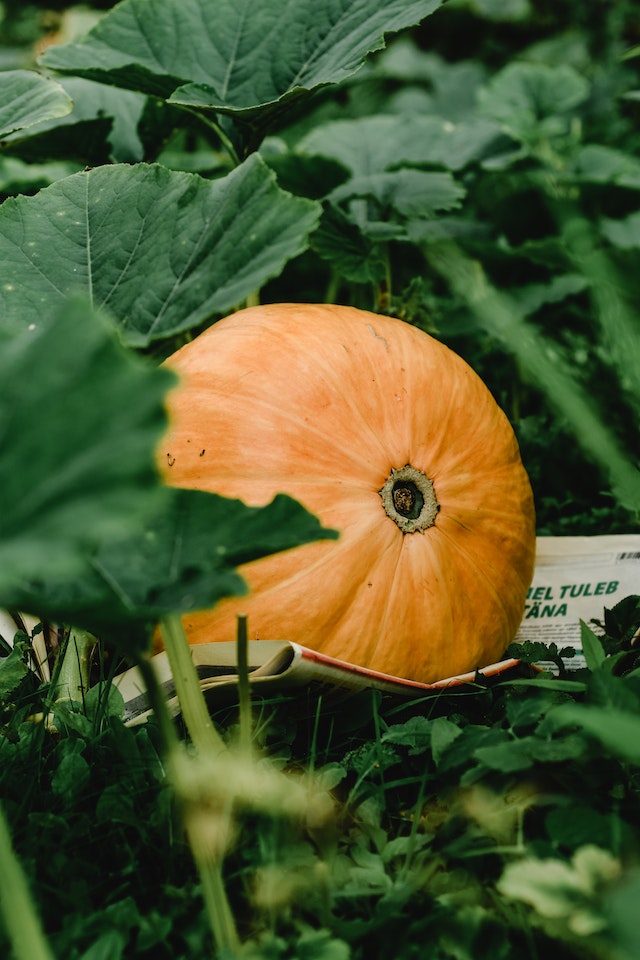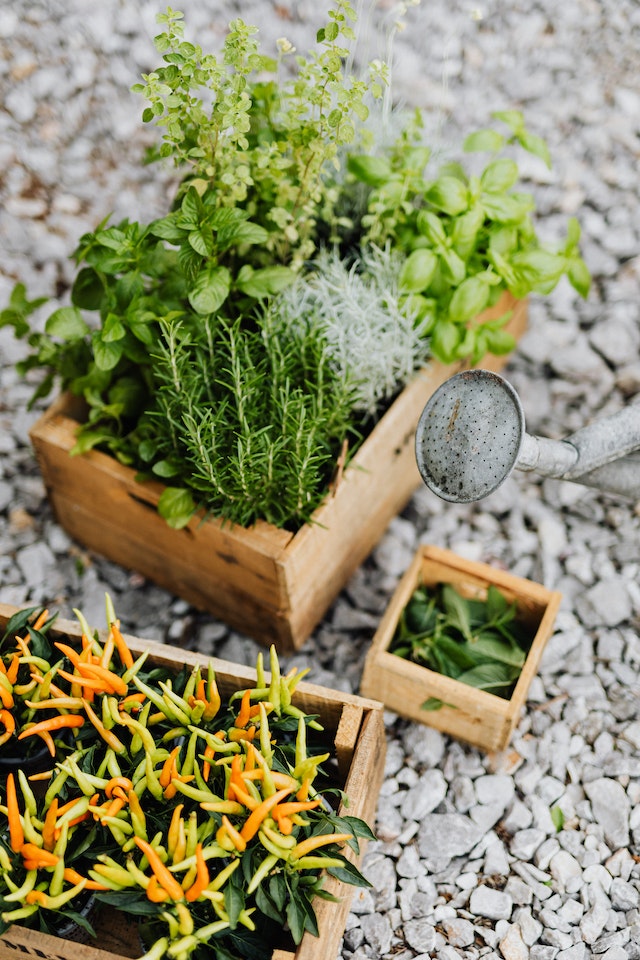Edible Landscaping: Beautiful Plants You Can Eat
We may collect a share of sales from items linked to on this page. learn more
What is Edible Landscaping?
Edible landscaping is the practice of using edible plants in your landscape design. You can do this in various ways, such as using edible plants as ornamentals, adding fruit and nut trees, or planting a vegetable garden.
Edible landscaping is a great way to add interest and beauty to your yard while providing fresh, healthy food.
There are many benefits to edible landscaping. In addition to providing fresh produce, edible plants attract birds and other wildlife, help pollinate other plants, and provide natural pest control. Edible landscaping is also a great way to reduce your carbon footprint since you won’t be transporting food from elsewhere.
There are many different types of edible plants that you can use in your landscape. Here are some of the most popular:
fruit

1. Apple’s – Apples are excellent landscaping plants because they are visually appealing, low maintenance, and provide food for wildlife. The different varieties of apples offer a range of colors, shapes, and sizes, making them able to fit into any landscape design.
In addition, apples are relatively disease-resistant and require little fertilizer, making them easy to care for. Finally, apples are a food source for many animals, including birds and deer.
2.Blueberries are incredibly edible landscaping plants because they are relatively low-maintenance, requiring only occasional pruning and fertilization.
Second, they tolerate many soil types and can even thrive in poor soils. They are attractive plants that provide year-round interest, with white flowers in the spring, blueberries in the summer, and reddish-purple foliage in the fall.
3. Cherries – Given their small size and proficient root systems, cherries are perfect landscaping plants. They quickly fill in any gaps in your landscape without overpowering other plants.
Additionally, cherries require little maintenance and are relatively disease-resistant. As a bonus, their bright fruits add a pop of color to your landscape and can attract birds and other wildlife.
4. Peaches are the perfect landscaping plants because they are relatively easy to grow, have a long blooming season, and provide food for both people and wildlife.
They have a long blooming season, meaning they will add color to your landscape for months. Peaches also provide food for both people and wildlife. The fruit is popular with birds, and the leaves can be used to make tea. In addition, the blossoms are fragrant and add interest to any garden.
5.Pears – Pears are well-suited to landscaping because they are hardy plants that can tolerate a wide range of climates and soil types. Second, they are relatively low-maintenance, requiring little in the way of care or fertilizer.
Finally, pears are beautiful plants that add aesthetic value to any landscape. In addition, pears produce an abundance of fruit, making them a good choice for those looking to add an edible element to their yard.
Flowers

1. Rose: Roses are perhaps the most classic of all edible flowers. They have a delicate, sweet flavor and can be used to make rosewater, syrup, or jam.
2. Hibiscus: Hibiscus flowers have a tart, cranberry-like flavor and can be used in brewing tea or as a garnish for cocktails.
3. Calendula: Calendula flowers are not only beautiful, but they are also edible. The flowers have a slightly astringent taste and can be used in salads or as a garnish.
4. Nasturtium: Nasturtiums are another popular edible flower. They have a spicy, peppery flavor and can be used in salads or as a garnish.
5. Squash Blossoms: Squash blossoms are delicate and have a mild, sweet flavor. They can be used in salads, soups, or garnish.
6. Sunflowers: Sunflowers are not only beautiful, but their seeds are also edible. The seeds can be roasted and used as a snack or in baking recipes.
7. Violet: Violets have a sweet flavor and can be used in a candied recipe or added to a salad for sweetness and color.
8. Jasmine: Jasmine flowers have a delicate, floral flavor and are often used in brewing tea or as a garnish for desserts.
Vegetables

1. Lettuce – Lettuce is a cool-weather crop that can be grown in spring and fall. It comes in various colors and textures, making it a visually appealing addition to the garden. Lettuce is often used in salads, but you can add it to sandwiches, wraps, and other dishes for a burst of flavor.
2. Cucumber – Cucumbers are a popular choice for edible landscaping due to their vigorous growth and ability to produce large fruits. Cucumber plants can be trained to grow up trellises or fences, making them a versatile addition to any garden.
3. Egg plant – Eggplants add a touch of elegance to any garden with their large, glossy leaves and beautiful flowers. Eggplants are also relatively easy to grow and are very productive, making them an excellent choice for any gardener.
4. Squash – Squash plants are easy to grow and can be trained to climb trellises or fences. Squash plants produce various fruits, including zucchini, pumpkins, and winter squash.
5. Tomato – Tomatoes are one of the most popular choices for edible landscaping due to their versatility and ease of growth. You can train tomato plants to climb trellises or fences, and they produce a wide variety of fresh fruits that can be enjoyed fresh or cooked in various dishes.
6. Pepper – Peppers add a touch of spice to any garden with their bright colors and flavorful fruits. Peppers are also relatively easy to grow and can be used in various dishes.
7. Beds – Beets are another type of root vegetable that can add color and flavor to your landscape. Beets come in many colors, including red, purple, and yellow. They can be eaten raw or cooked, making them a versatile addition to the kitchen.
autumn

1.Basil – This fragrant herb is popular for culinary and ornamental purposes. Its leaves can be used in various dishes, from pizzas and pasta to salads and pesto.
2. Rosemary – A member of the mint family, rosemary is often used as a garnish or to flavor meats and vegetables. When used in landscaping, it can help to repel pests such as mosquitoes.
3. Thymes – Another versatile culinary herb, thyme can be used to flavor soups, stews, and sauces. It also makes a beautiful addition to any garden, with its tiny purple flowers and dense foliage.
4th legend is a strong-flavored herb often used in stuffing and sausage dishes. It is also known for its medicinal properties and can be used to make teas and tinctures.
5.Mint – Mint is a fast-growing herb that comes in wide varieties, including spearmint, peppermint, and chocolate mint. It can be used fresh, dried in various dishes, or even brewed into tea.
Conclusion
Edible landscaping is a great way to provide food for your family while beautifying your home. There are different edible landscape plants to choose from, so you can always find the perfect ones for your needs. With a bit of planning and care, you can create an edible landscape that will be the envy of your neighborhood.


Comments are closed.